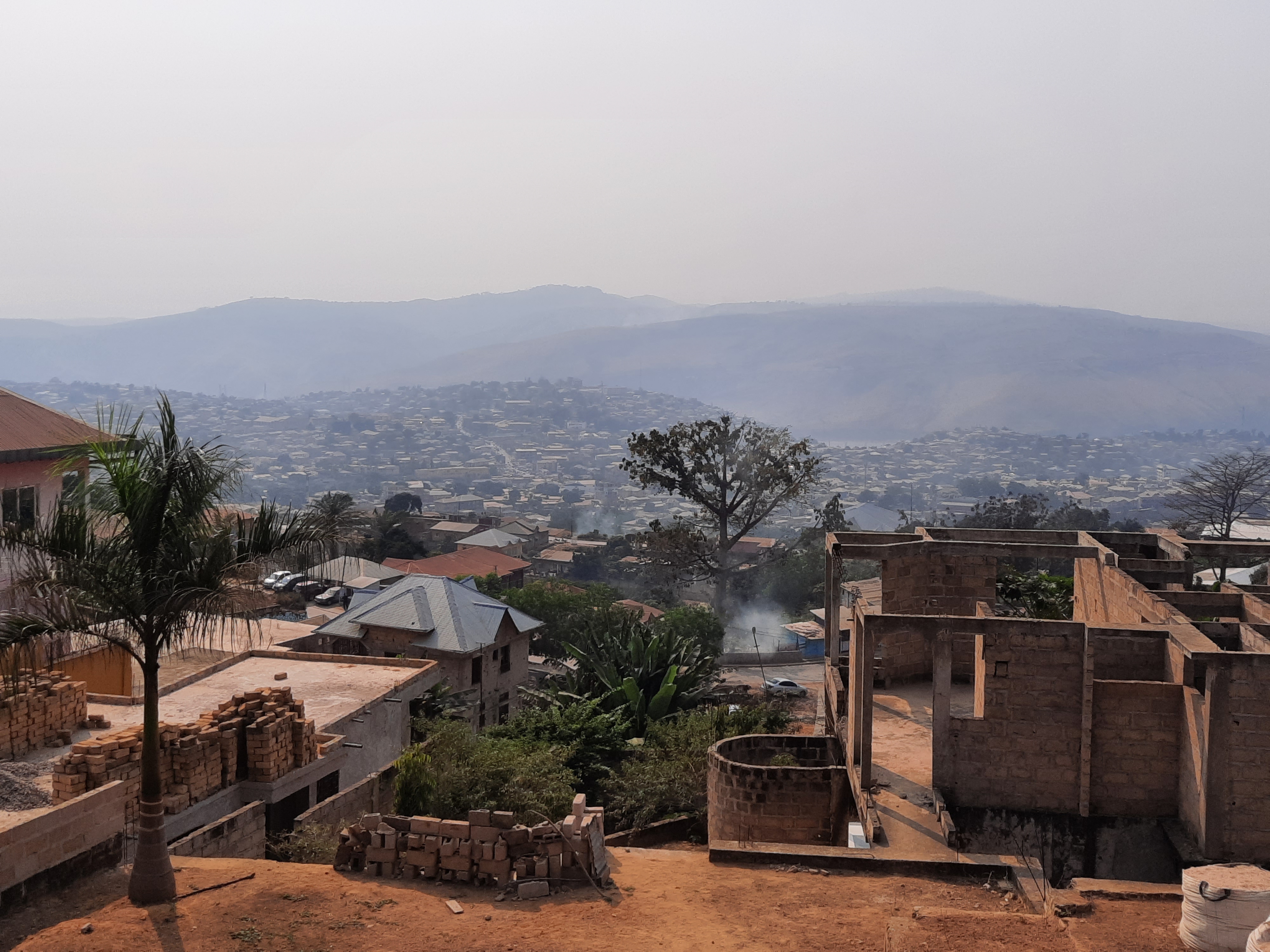Province du Kwango
-https://en.wikipedia.org/wiki/Kwango
---------------------------------------------------------------
Translation Google
Kwango: a suspected case of Monkeypox and around twenty contacts identified in Panzi
Monday, August 21, 2023 - 9:19 p.m.
A suspected case of Monkeypox has been recorded in Panzi health zone, Kwango province, for a few days. This is a 10-year-old child admitted to the Panzi General Referral Hospital who presented with fever and rashes.
The health information office confirms that the samples have been taken and sent to the National Institute of Biomedical Research in Kinshasa for confirmation.
Dr. Tchotcho Tonaka, head of the office responsible for health information, also specifies that some provisional measures have been taken to avoid probable contamination.
"We have listed about 28 contacts and among the measures, there is the isolation of this patient, the sensitization of the community, the management of this case", he said.
The DRC has recorded since the beginning of the year until last July 6,914 cases of the monkey pox disease called Monkeypox, including 328 deaths (4.7%), according to the national coordination for the fight against Monkeypox.
Jonathan Mesa, in Bandundu










Comment